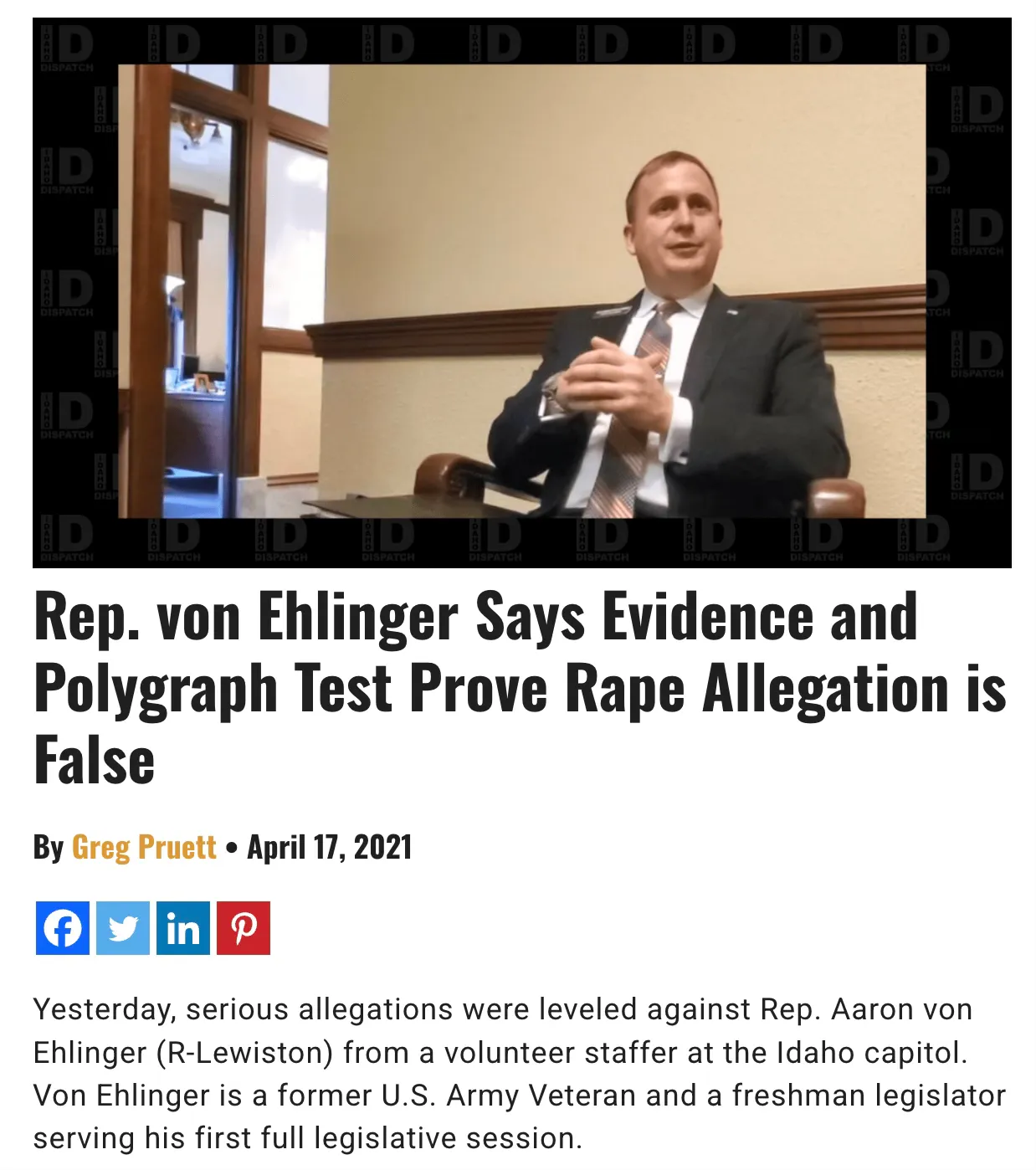Political Clarity in a Polarized Era: Idaho Dispatch’s Nonpartisan Lens
Political Clarity in a Polarized Era: Idaho Dispatch’s Nonpartisan Lens
Blog Article
Local media has been an essential source of information, forming communities and bringing about meaningful changes. In recent years there has been an increase in trust deficit in local media. Many reasons, ranging from perceived bias to a lack of coverage of important issues, have made many residents skeptical about the reliability of the information they consume. But some initiatives are working to restore the trust of Idaho Dispatch, showing that local journalism has an essential role to contribute to today's digital information system.

There is a decrease in trust in the media generally and only 26% of Americans saying they trust the media to deliver facts accurately, according to the Gallup Poll. This is especially noticeable in rural areas in which people are often disengaged from the narratives of traditional media. With the renewed emphasis on transparency, accountability, and community-driven journalism, some local journalism efforts are rewriting the rules of play.
Local journalism initiatives that thrive often follow a unique method of operation. Investigative articles, thorough fact-checking, and a commitment to exposing stories people care about have proven to be effective in rebuilding credibility. For instance, local reporting on the municipal level, infrastructure development or stories about community members can build relationships and show relevance. Research suggests that communities that have strong local media see higher civic engagement and better public decision-making as informed citizens push for changes.
Another key element in restoring trust is community input. Giving residents a seat at the table when it comes to deciding the content that is reported gives them a sense of belonging and cooperation. Research shows that communities feel more appreciated and accurately represented in situations that newsrooms directly interact with readers. This typically means listening to comments, conducting surveys of the community and identifying the connection between audience demands and journalistic rigor.
Additionally, adopting digital-first strategies is a game changer for local journalism. Making use of social media and other analytical tools allow news organizations to focus on the latest trends and make their content extremely engaging. Visual storytelling, fast updates and popular blog content are more appealing to people, particularly those who gravitate toward digital formats. Lean, interactive reporting not only improves the impact but also provides communities with real-time updates, driving relevance.

Local journalism's trust can be restored by an amalgamation of community engagement, authenticity as well as transparency and the use of the latest tools. Although it isn't easy is crucial. Local journalism doesn't just keep communities informed, but also brings them closer together, creating hope, dialogue and improvement. While the path isn't without difficulties, recent examples of renewed local journalism suggest a positive future for journalism that is built on credibility and trust. Local journalism, when executed correctly is able to continue serving as the heartbeat of any community. Report this page